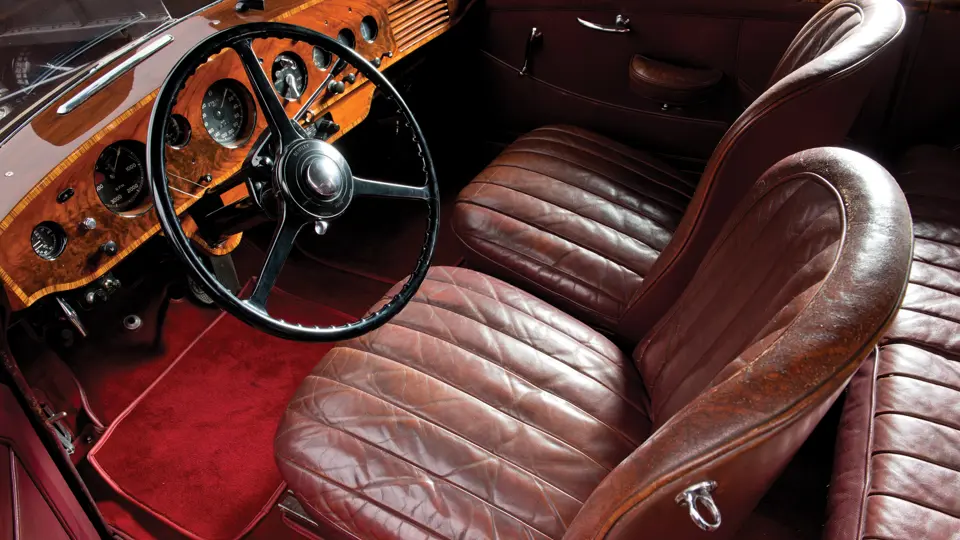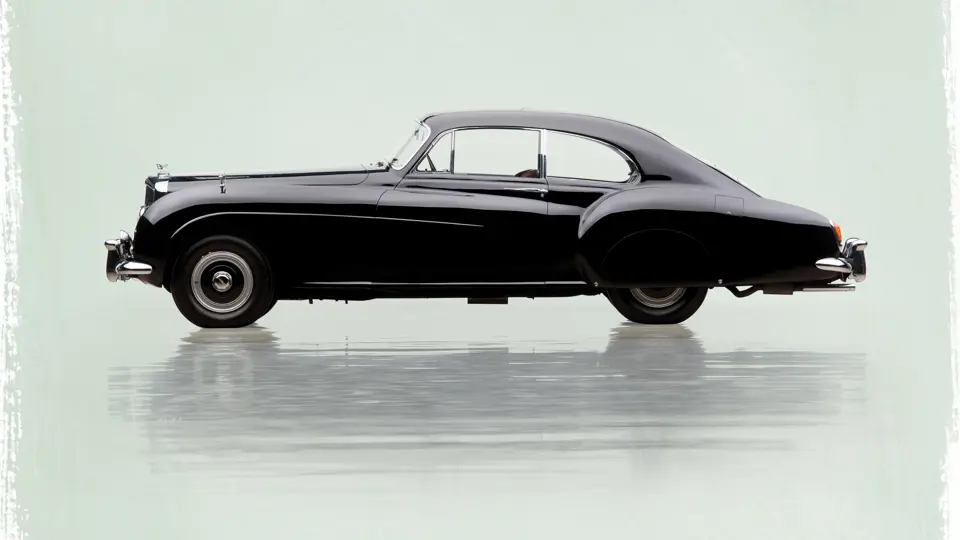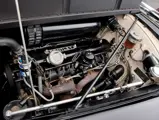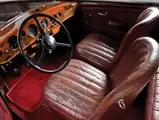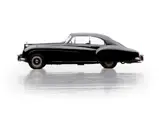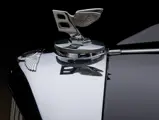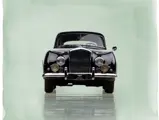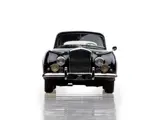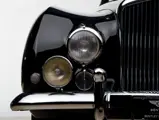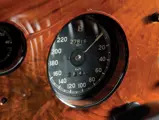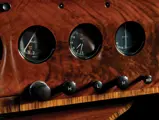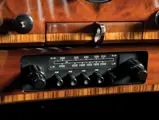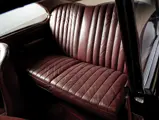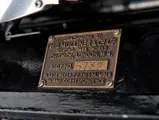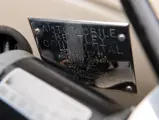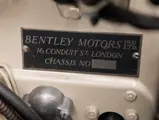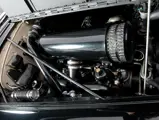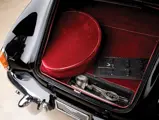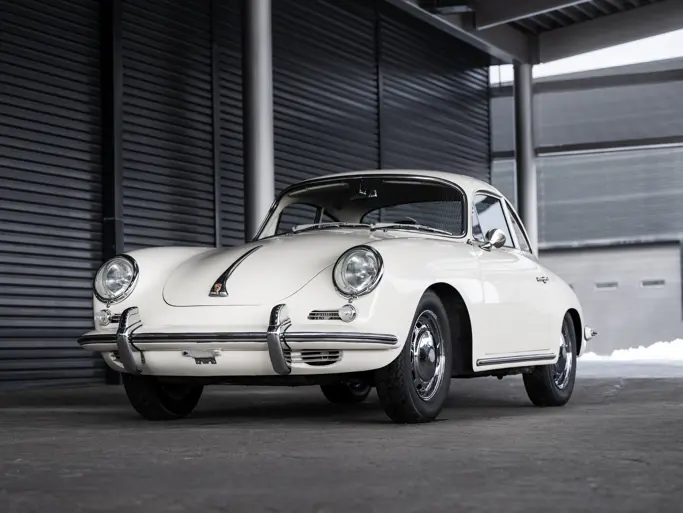
1955 Bentley R-Type Continental Sports Saloon by H.J. Mulliner
{{lr.item.text}}
$1,127,500 USD | Sold
{{bidding.lot.reserveStatusFormatted}}
- The ultimate R-Type Continental
- Factory left-hand drive, lightweight seats, and a 4.9-liter engine
- Matching-numbers engine and original upholstery
- Still the ideal gentleman’s driving machine
178 bhp, 4,887 cc OHV inline six-cylinder engine with two SU carburetors, four-speed automatic transmission, independent front suspension with wishbones, coil springs, and an anti-roll bar, live rear axle with semi-elliptical leaf springs, and four-wheel hydraulic drum brakes. Wheelbase: 120 in.
A MODERN MAGIC CARPET
Even after becoming the “Silent Sports Car” in the mid-1930s, Bentley held tight to its performance heritage. Later in the decade, the company began experimenting with aerodynamic designs and eventually created the Georges Paulin-designed Corniche prototype of 1940. The Corniche did not survive World War II, but its spirit did, and after the war, it evolved into H.I.F. Evernden and J.P. Blatchley’s R-Type Continental. It is “a car which would not only look beautiful but possess a high maximum speed, coupled with a correspondingly high rate of acceleration, together with excellent handling and roadability.”
H.J. Mulliner was contracted to design and build the prototype Continental, which was based on the frame, suspension, steering, and braking components of a standard R-Type. The body, window, and seat frames were built of light alloy, resulting in a four-passenger body that weighed only 750 pounds and less than 4,000 pounds when mated to the chassis. After extensive road tests in France, the prototype’s overdriven top-gear gearbox was found to be unsuitable for the rpms offered by the engine, so it was replaced by a direct-ratio top gear and lower axle ratio, which was a combination that proved best for both high-speed touring and well-spaced gear changes for city driving.
Of the 207 production Continentals built between May 1952 and April 1955, Mulliner would body 193 of them to variations of their prototype design, which was dubbed the Sports Saloon. The Mulliner-bodied R-Type Continental created a space for itself that was unique. It combined the swiftness of a Ferrari, the driver-friendly agility of an Alfa Romeo, and the luxuriant comfort of a Rolls-Royce in one elite, built-to-order package that cost $18,000. In the early 1950s, there was no other automobile quite like it in the world, which made it a “must-have” for the burgeoning jet set. In the words of Autocar magazine, it was “a modern magic carpet.”
CHASSIS NUMBER BC67LD
Chassis number BC67LD, the car offered here, is part of the fourth “D” series of R-Type Continentals, and it is, of course, listed in the Bentley R-Type Continental Register. Copies of its original build sheets, which were acquired from the Rolls-Royce Foundation, are also on file. These document and verify its original specifications, which are some of the highest and most desirable of any of its ilk.
The car was ordered by J. Guinness, of Monaco. By this time, R-Type Continentals were being equipped with the later, more desirable 4.9-liter engine, which was used as an upgrade on numerous earlier cars. This car has had the 4.9 engine since new, and it has been mated to an especially smooth and compliant four-speed automatic gearbox. The order of a car with an automatic gearbox caused some consternation at Bentley Motors, as apparently Mr. Guinness was a significant enough customer to warrant a car being built for him without delay, but no chassis with an automatic gearbox was near completion. Bentley paid H.J. Mulliner ₤157 to remove the body from chassis number B16D, as yet unsold, and install it on this new chassis. Thus, as the register explains, “The body number is lower than that found on other late D series chassis.”
Mr. Guinness’s car was also equipped from new with Mulliner’s famous lightweight bucket seats, which are both extraordinarily supportive and sporting.
The completed R-Type Continental was flown from Ferryfield Airport to Le Touquet via Silver City Airways on March 1, 1955, and it underwent much testing before being delivered to Mr. Guinness via Franco-Brittanic Automobiles of Paris. FBA would go on to handle the car no fewer than three more times, for its next trio of owners—Monsieurs Chauvel, Bonnal, and Meuli—all of whom were French residents.
In 1980, the car was purchased by French collector Christian Teissier through Frank Dale & Stepsons. It later passed to Belgian owner Michel Kruch during a private sale on January 1, 1998, and it then joined the well-known and highly regarded stable of Friedhelm Loh prior to joining the Andrews Collection several years ago.
The car has a wonderfully patinated appearance throughout, including on its original maroon leather interior, which is beautifully worn and as comfortable as a favorite baseball glove. Its bodywork is finished in rich, deep black, which is perhaps the best color for this body style, and it is accentuated by the original Wilmot Breedon bumpers, dual driving lights, and subtle blackwall tires. Presently, the car records 27,816 kilometers on its odometer. Under the hood, its finishes are somewhat worn but tidy, in keeping with a car that has been driven and enjoyed for some years, and it still wears its original firewall-mounted serial number tag, its original body number, and the delivery plate from Franco-Brittanic Automobiles.
Accompanying this R-Type Continental is a small but rather fascinating file, which includes not only the aforementioned build sheets but also such valuable original literature as maintenance instructions for H.J. Mulliner Coachwork, a guidebook to Rolls-Royce Service Facilities worldwide, and, amusingly, a directory for Lucas electrical system service in Europe.
R-Type Continentals are beloved by collectors for being superb long-distance touring automobiles, and few are better suited for continued road trips and rallies than this charmingly original, well-maintained, and eminently drivable Sports Saloon.

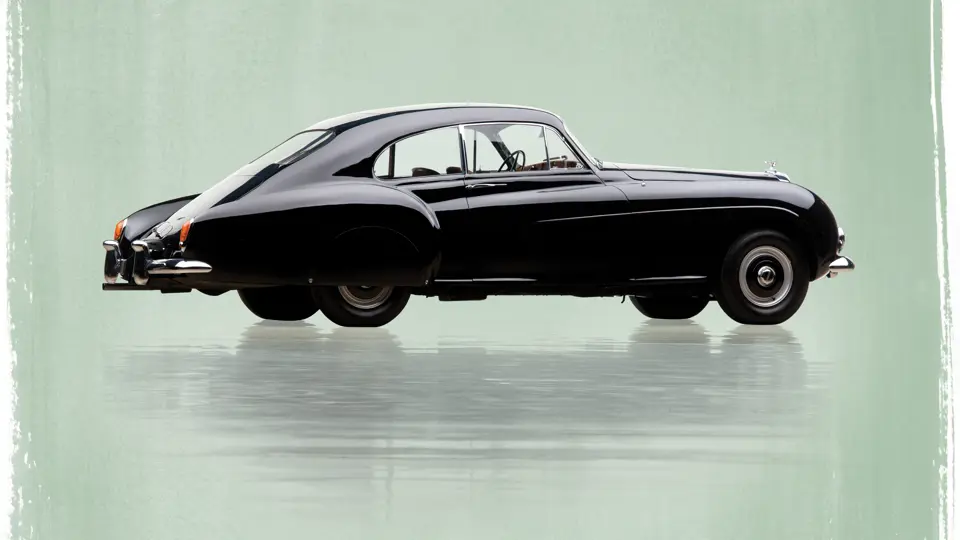



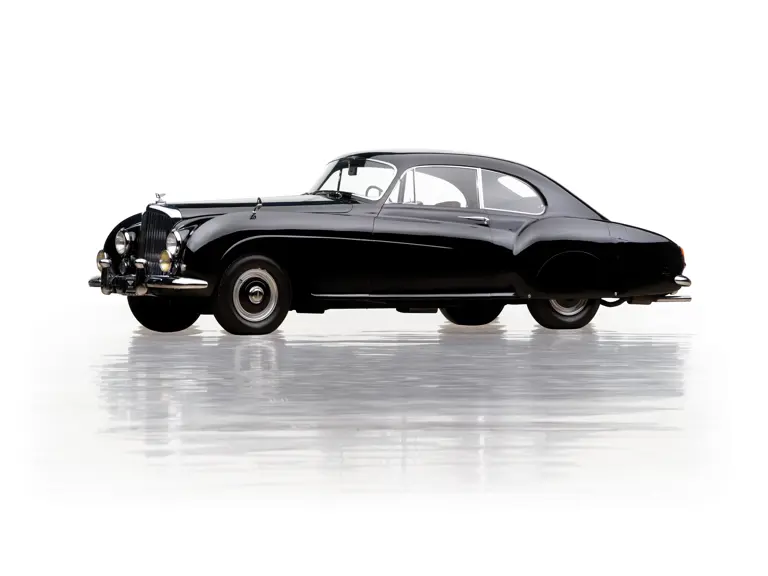
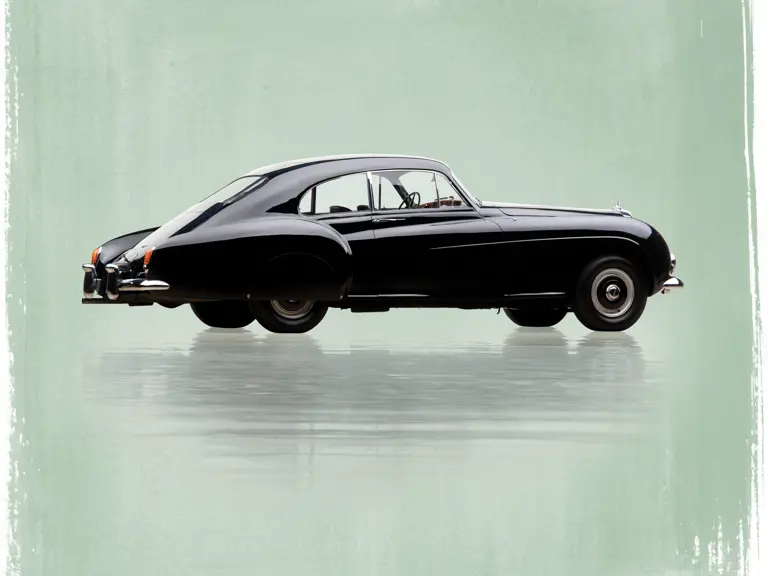
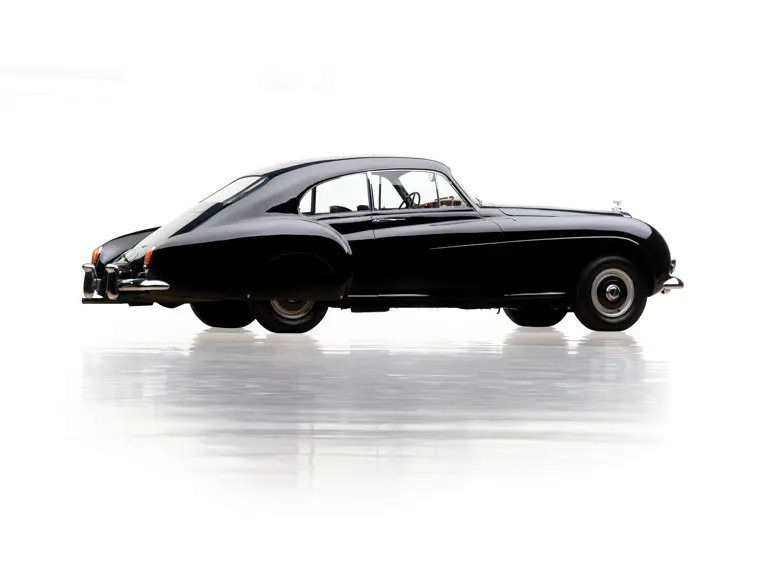
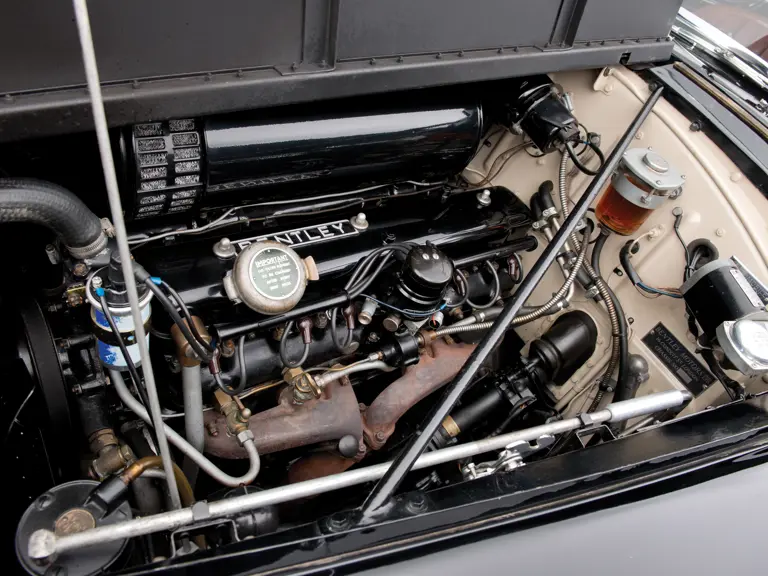
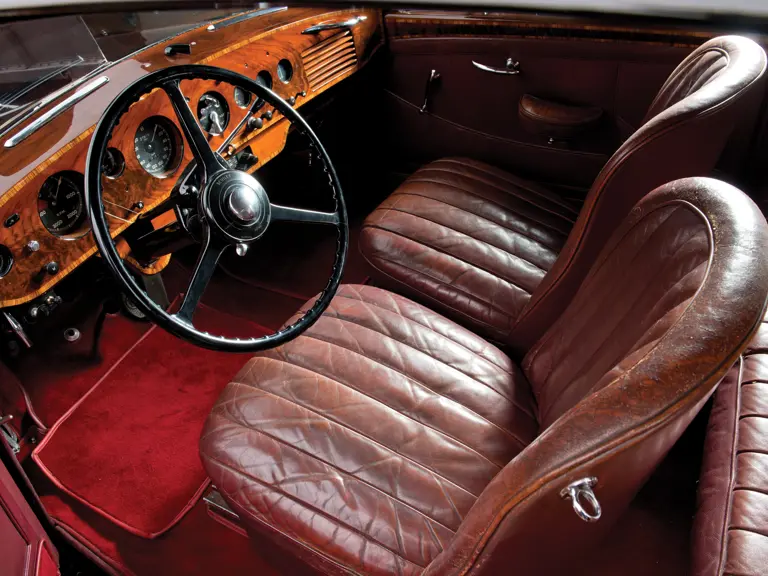
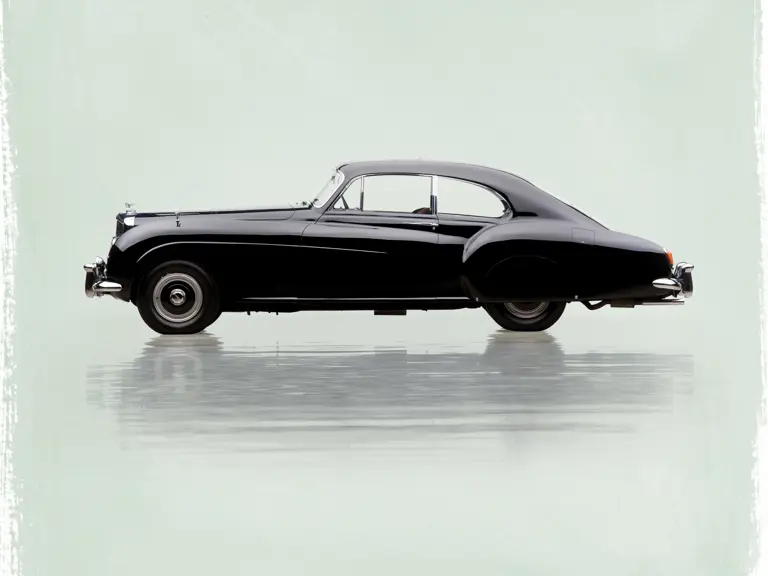
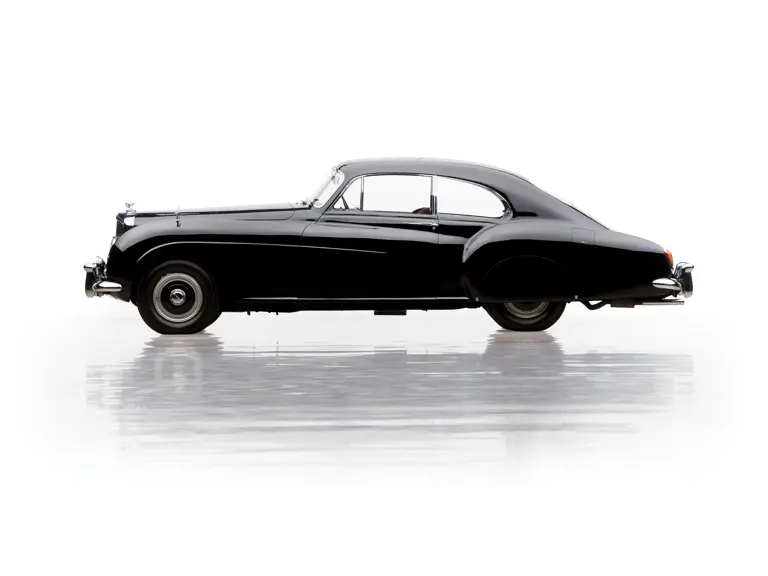
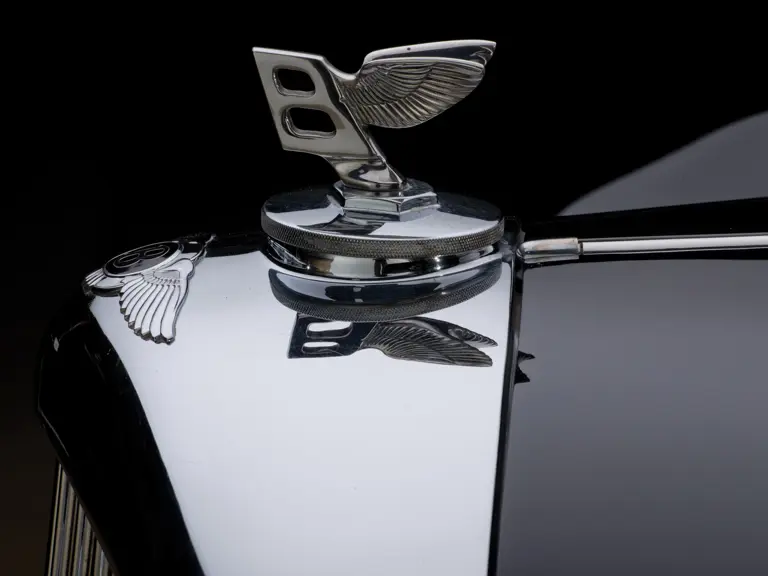
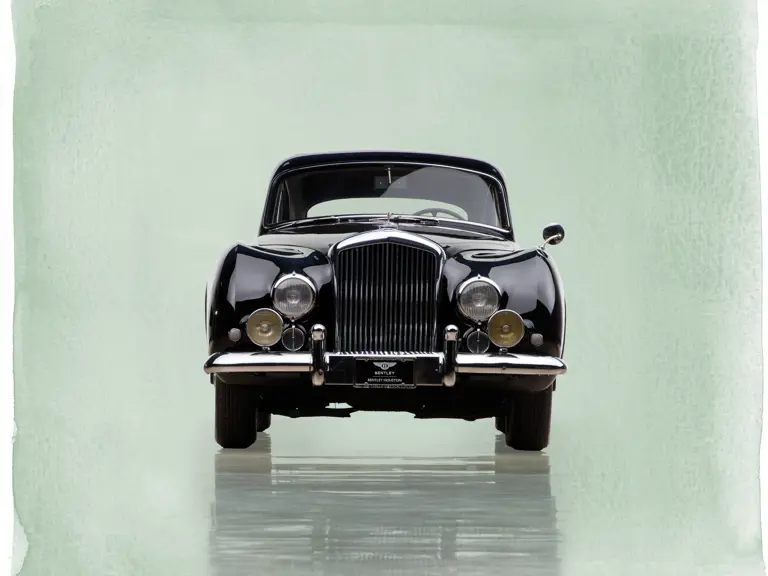
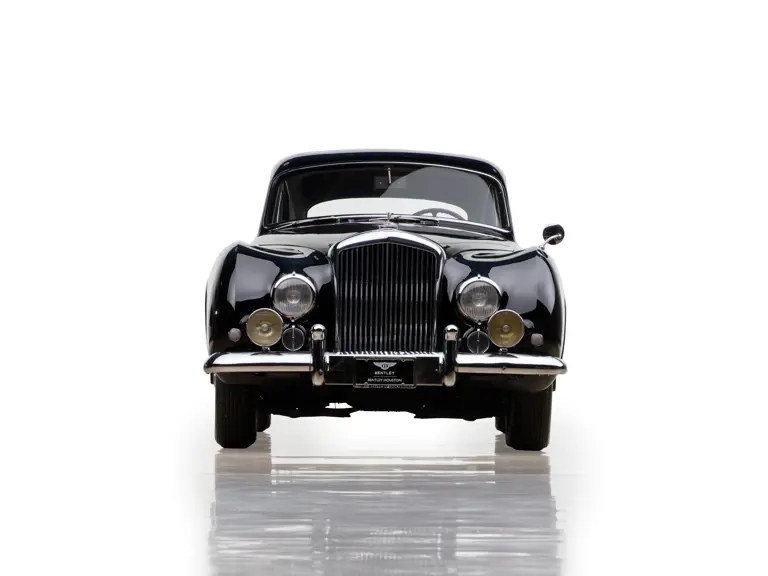

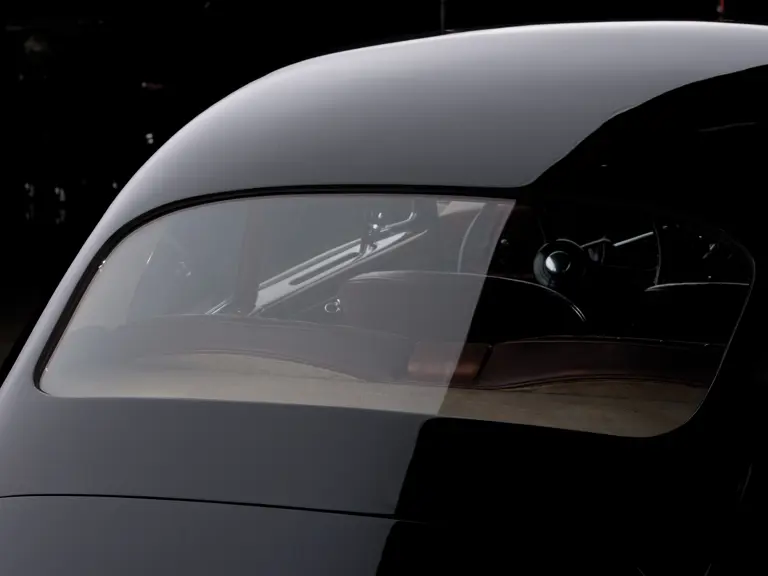
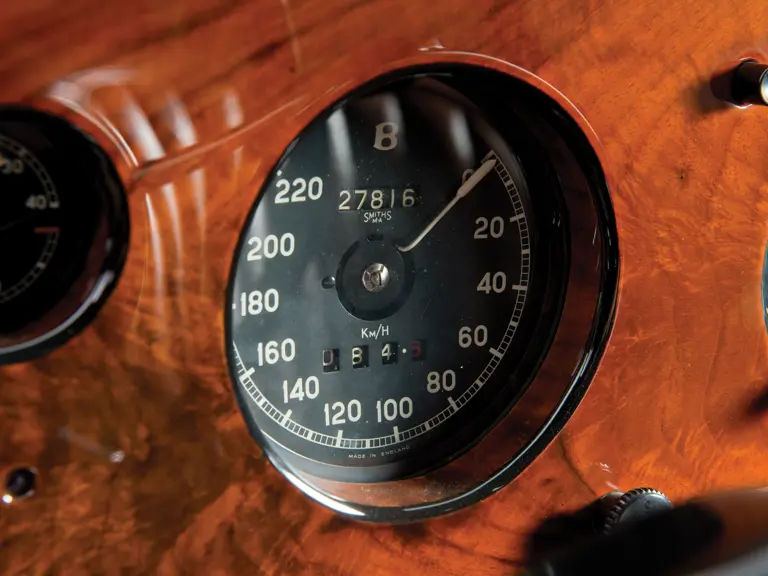
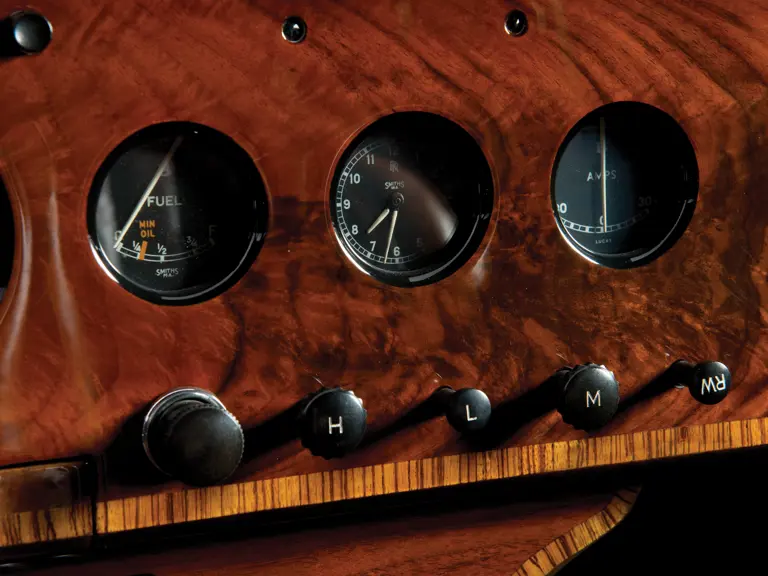
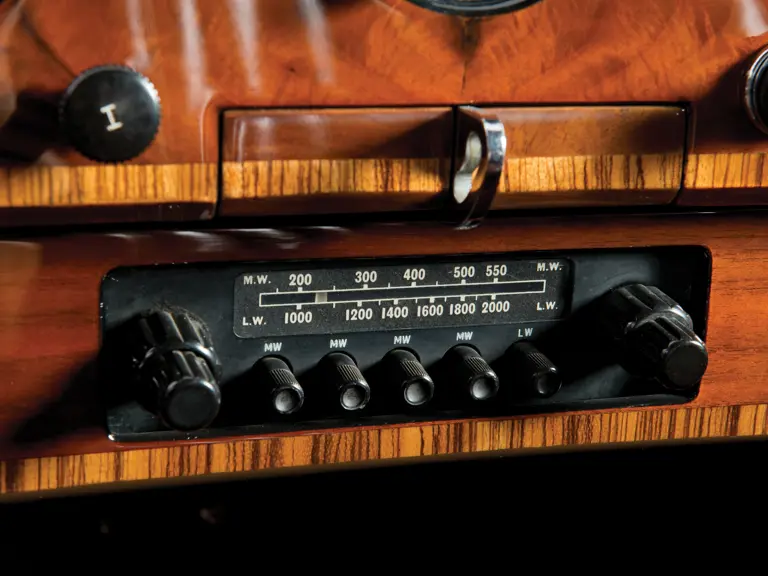
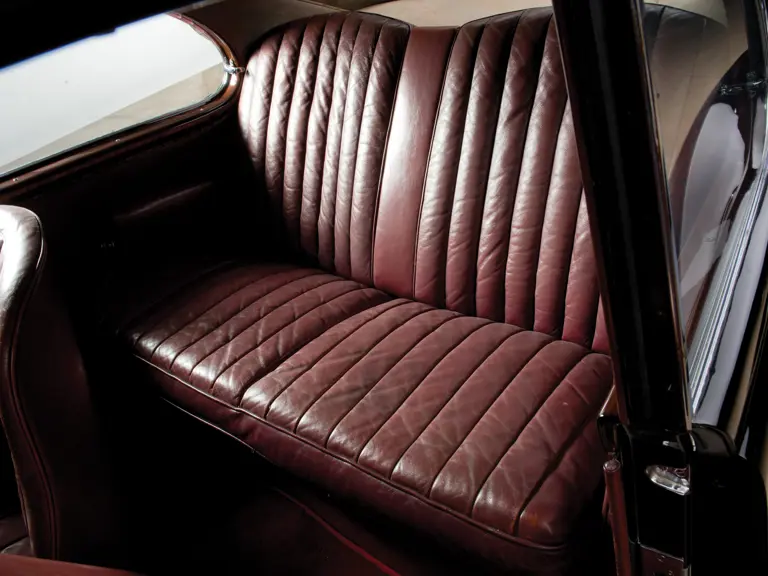
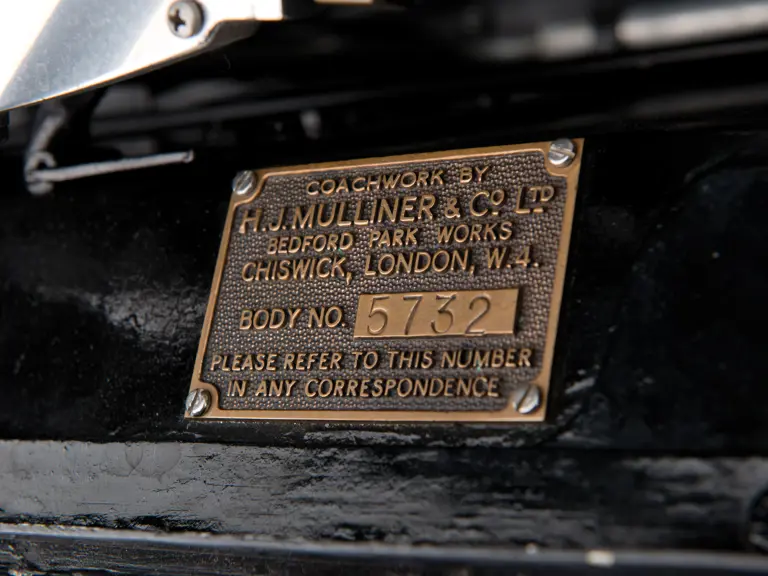
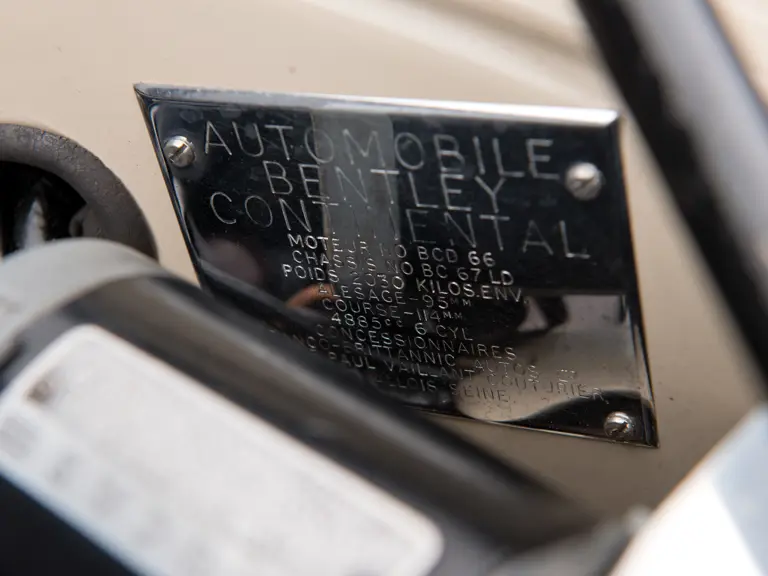
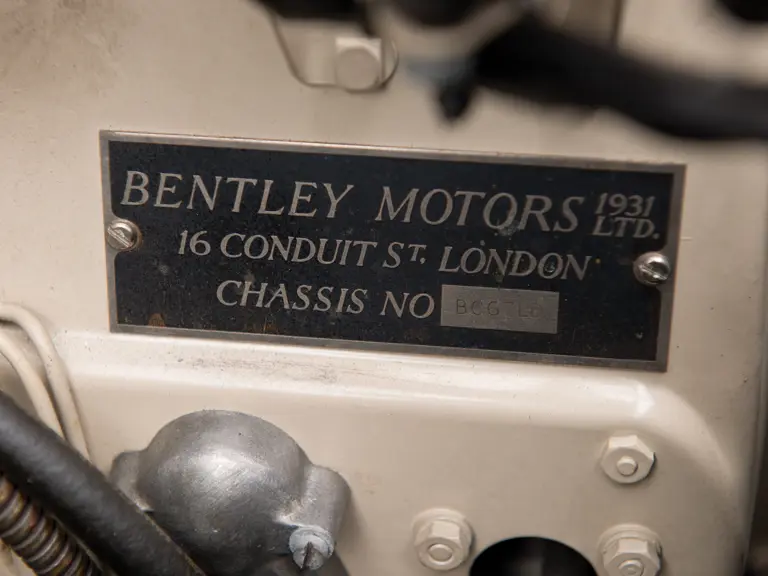
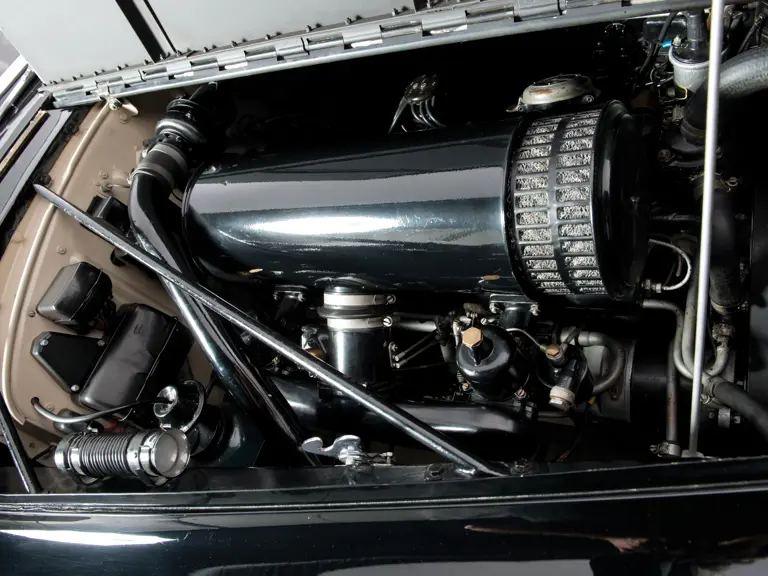
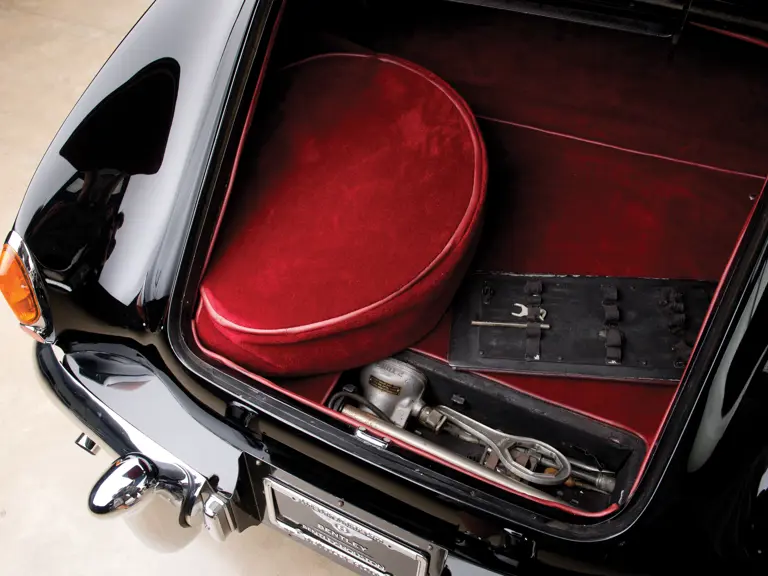
 | Fort Worth, Texas
| Fort Worth, Texas

